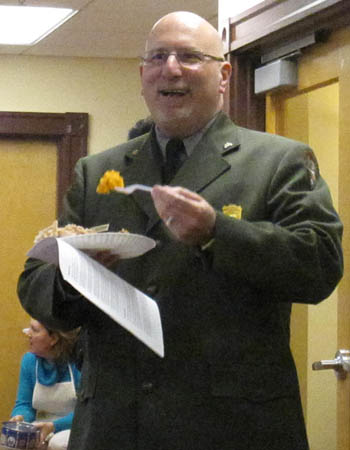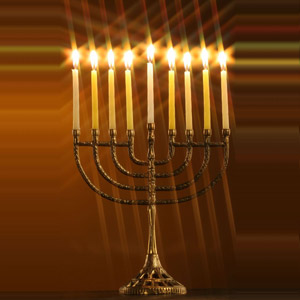
Often, in our work as folklorists, we meet immigrants from various parts of the world who have resettled in the United States. Our impulse is to focus on their cultural traditions — the music, dance, crafts, and annual celebrations they left behind and how they are managing to hold onto them while making their home in a new and foreign land.
It shouldn’t come as a surprise that new immigrants would also wish to fit in, to understand what holdiays are celebrated here in America, what foods are typically served, or why certain decorations perennially appear. Why is everybody roasting turkeys? What’s up with all the lights? Who is the bearded guy in the big red suit? And why is everyone fixated with buying gifts?
And I suppose it’s also not surprising to learn that here in Lowell, within the Cambodian community, some believe that part of becoming “American” is learning to celebrate Thanksgiving and Christmas. With the blurring of religious beliefs and commercialism, one can hardly blame them.
Along these lines, we were asked to address a group of Cambodian elders that were gathering at the Coalition for a Better Acre for a holiday program. Everyone seemed to enjoy the lunch, which was a fitting mix of American and Asian dishes: roast turkey, sweet potatoes, corn, pickled mustard with pig ears, pad thai, and rice.



We had hosted some of these same Cambodian elders for a tour of Lowell National Historical Park in September. This time, we were meeting on their territory. CBA invited us to lunch and requested that we briefly explain the history and customs of Thanksgiving and Christmas to the mostly non-English speaking audience. David Blackburn did the honors, seen below holding a plate of turkey and sweet potatoes.


Turns out that hardly anyone in the audience was familiar with the Thanksgiving holiday. Christmas, on the other hand, many were aware of — and it would be difficult not to be, given how pervasive the marketing of the holiday is and the fact that schools and businesses are closed on December 25th. One man asked in Khmai, “What is the purpose of Christmas?” David offered this answer, “It depends on who you are. For Christians, Christmas is a celebration of the birth of the savior, Jesus Christ.” Despite its Christian origins, the secular celebration of Christmas is ubiquitous in America. David spoke of the German origins of the Christmas tree and the custom of bringing evergreens into our homes at the darkest time of the year.
I wonder how many immigrants think all Americans celebrate Christmas regardless of their religious beliefs, cultural heritage, or family traditions. Hanukkah, Eid, and Kwanzaa fly just under the radar of mainstream American popular culture. Perhaps it is the immigrant’s remove from certain holidays, and their struggle to understand them, that is quintessentially the American experience. After all, it is the complexity of American diversity that makes this country what it is.








